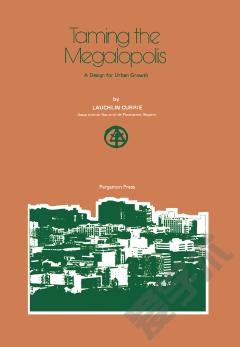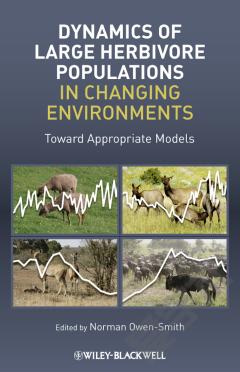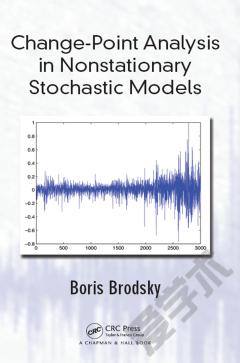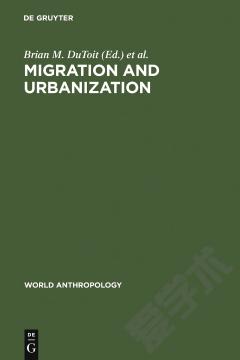Urban Growth in Malaysia —— Land-use change predictive model
----- 马来西亚城市增长:土地利用变化预测模型
With increasing levels of economics in the world, rapid growth of population caused the impact of urban growth and unavoidable development. This study aims to discover urban spatial signature and explaining spatio-temporal land use and land cover patterns in Malaysia. Using time series Landsat imagery, socioeconomic data and, other geospatial information with ecological analysis tools, this study characterizes the spatial-temporal landscape patterns and produces information in conducting simulations and predictions of land use changes. Three Landsat TM 5 and Landsat 8 OLI images in 2008, 2013, and 2018 were used to map land use changes. The land change map was used to measure changes during an interval of 10 years. The classification is categorized into 4 land change classes, namely built-up, vegetation, water-body, and vacant land. For the results, the overall accuracy value of 90.62%, 96.45%, and 0.95% for 2008, 2013 and 2018 for classification in the simulation process and the kappa accuracy value of 0.89% for predictions in 2018. These results can be used for projections in 2028. The CA-Markov model is used to predict land use changes due to urban growth in 2028.
{{comment.content}}








 京公网安备 11010802027623号
京公网安备 11010802027623号